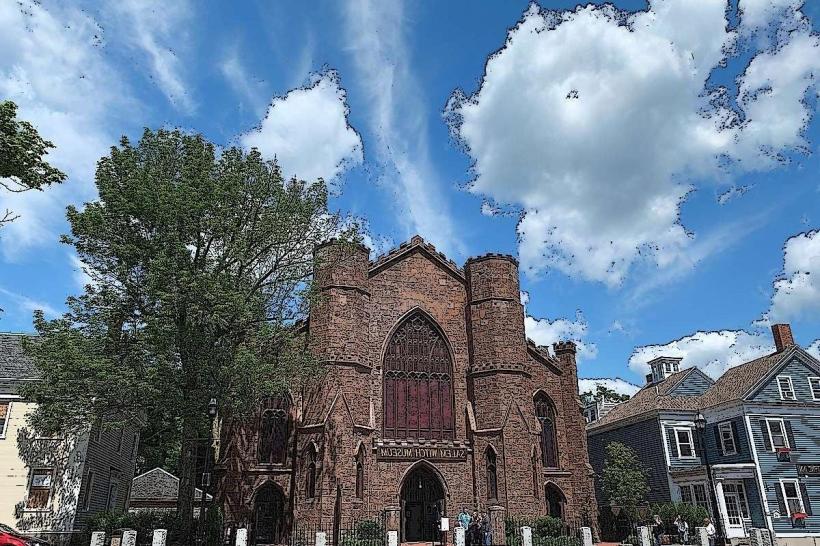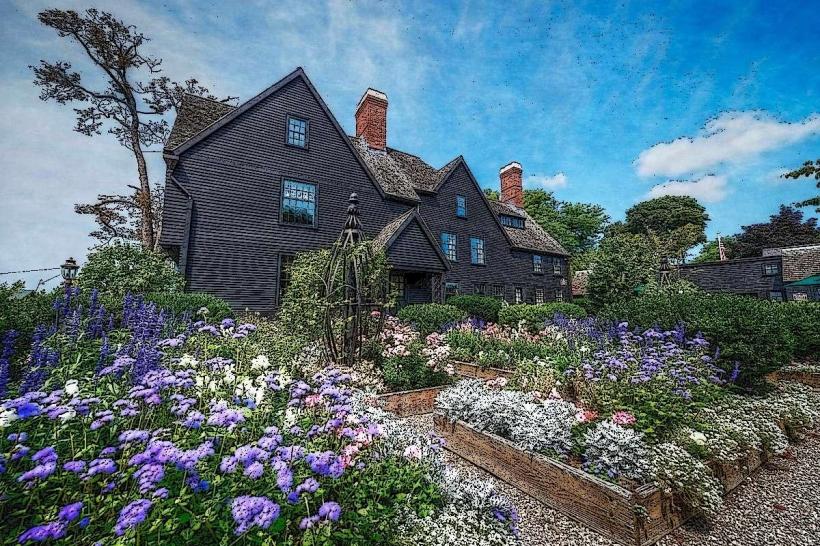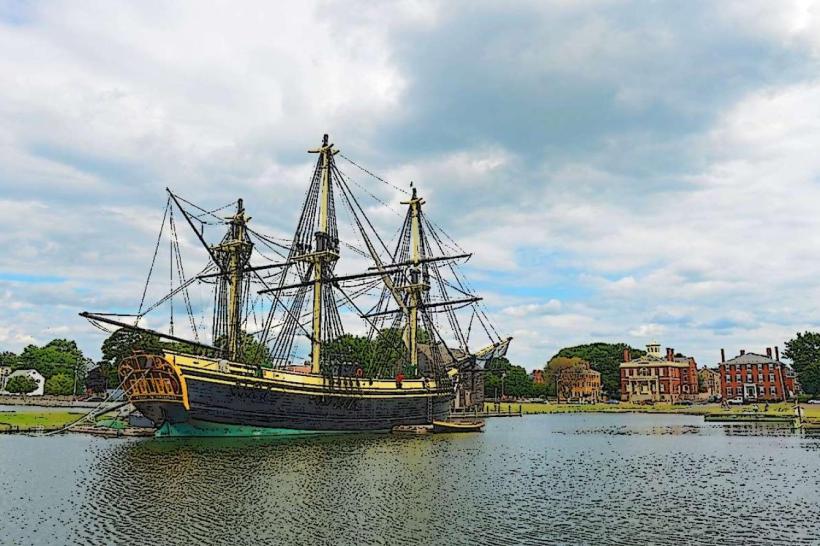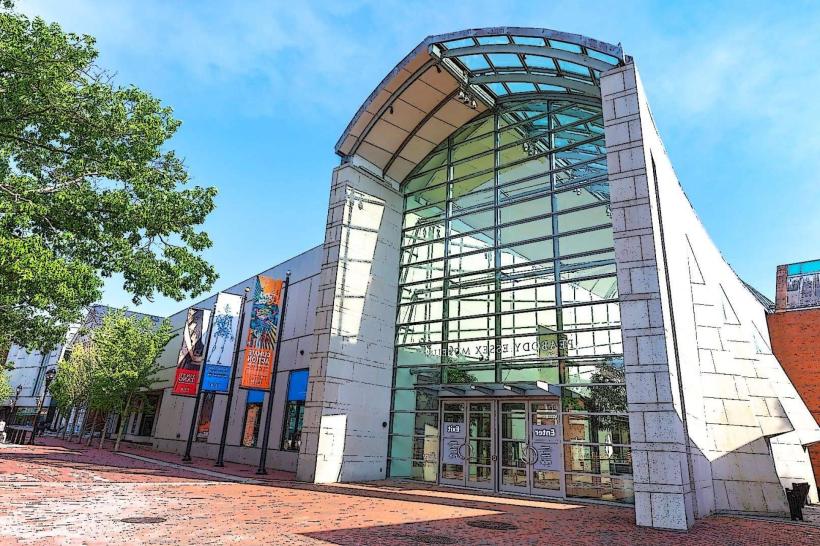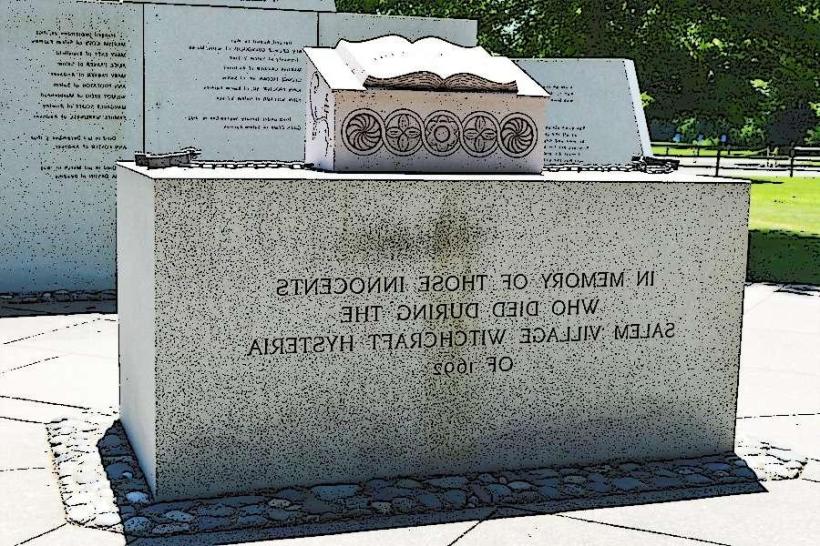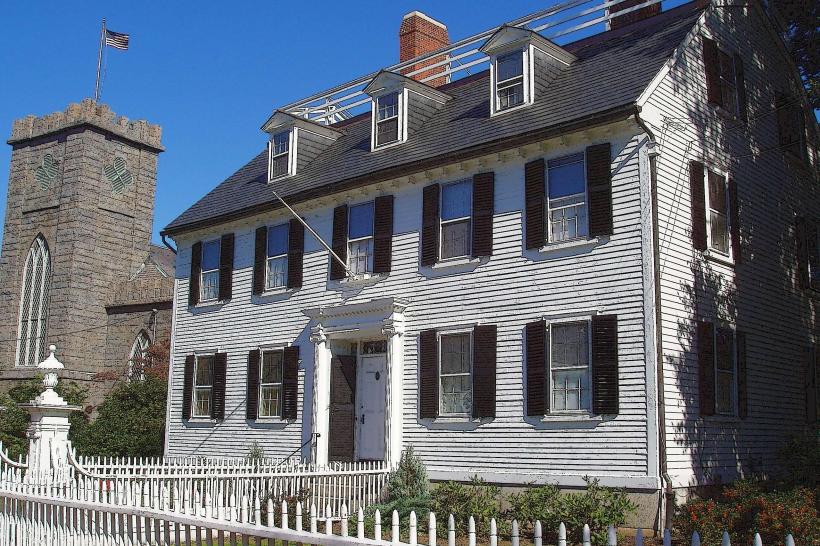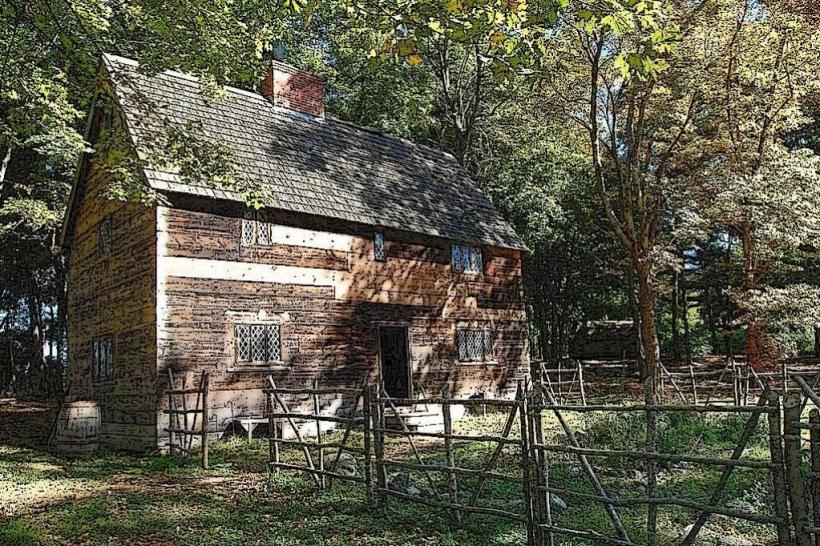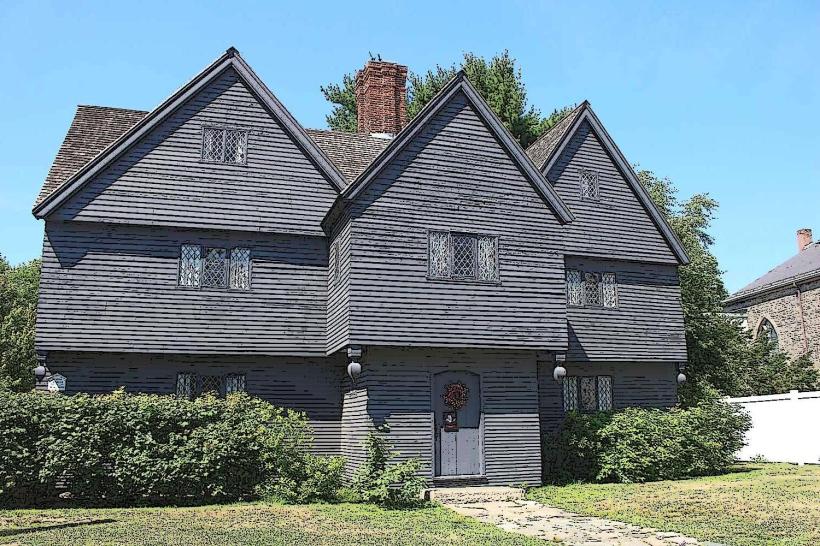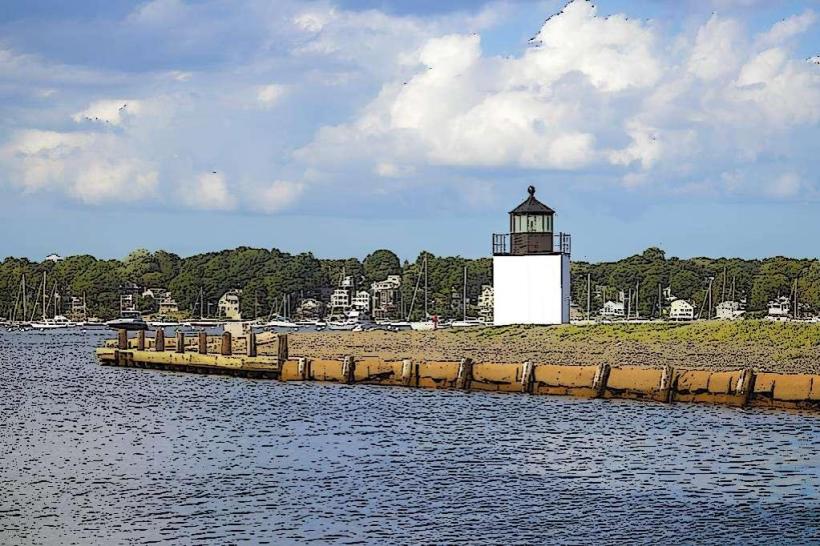Information
Landmark: Old Burying Point CemeteryCity: Salem MA
Country: USA Massachusetts
Continent: North America
Old Burying Point Cemetery, Salem MA, USA Massachusetts, North America
Overview
Interestingly, ancient Burying Point Cemetery, sometimes called Charter Street Cemetery, has stood in Salem, Massachusetts since around 1637, making it the city’s oldest and among the earliest colonial burial grounds in the country, with weathered slate headstones leaning in the grass, in turn hidden in downtown Salem on Charter Street, right next to the Witch Trials Memorial, it’s a quiet, shadowed burial ground for some of the city’s most prominent early residents-including those bound to the infamous events of 1692.Interestingly, The Early Colonial Burial Ground dates back to the first decades of the Massachusetts Bay Colony, when Salem stood as one of the leading Puritan towns and its streets echoed with the sound of church bells, besides weathered grave markers and the orderly rows reveal 17th- and 18th-century burial traditions, shaped by Puritan beliefs and the stark beauty of early American funerary art.Several people tied to the Salem Witch Trials rest here-judges, accusers, but no victims, on top of that those condemned for witchcraft were barred from Christian burials and likely left in unmarked graves by Gallows Hill or along the dim, still creeks nearby.Judge John Hathorne (1641–1717) lies here, remembered as one of the most notorious figures of the witch trials-the lone judge who went to his grave without a word of remorse for the lives he helped condemn, moreover he’s the great-great-grandfather of author Nathaniel Hawthorne, who slipped a “w” into his name to put a little distance between himself and the family’s past.Reverend John Higginson (1616–1708) served as minister of Salem’s First Church, guiding the colony through its formative years of faith and community, his voice carrying across the wooden pews on chilly winter mornings, alternatively he never took part in the witch trials, yet he stood as the stern, watchful spiritual authority in Puritan Salem.Interestingly, Bartholomew Gedney (circa1640–1698): Gedney, another magistrate in the trials, served on the Court of Oyer and Terminer, where he helped send many of the accused to the gallows, also he ran a bustling shop and led the town with a steady hand.Mary Corey (?): Some say she was kin to Giles Corey, the man crushed beneath heavy stones during the trials, in turn though some argue over its truth, the link still weaves itself into the cemetery’s lore, like a whispered story carried on the wind between the headstones.In the cemetery, headstones carry the stark imagery of Puritan belief-winged skulls for the soul’s flight, cherubs, hourglasses, and scythes warning of mortality and judgment, while willows and urns on later 18th-century markers soften the tone; most stones are cut from slate, sandstone, or early marble, their surfaces weathered and rough to the touch, what’s more centuries of wind and rain have left some cracked or crumbling, but others remain clear and sharp, their lettering carefully preserved by local and national heritage programs, kind of It appears, Many headstones carry long Bible passages, moral lessons, or notes about the visitor’s region in town-like “faithful miller for thirty years”-offering a glimpse into what colonial society valued and believed, furthermore on Salem’s historical walking tours, the cemetery often serves as a key stop, where visitors pause among weathered headstones to hear its stories.If I’m being honest, The tours highlight the site’s long history, its connection to the trials, and how colonial burial customs changed over time, from simple wooden markers to weathered stone slabs, in conjunction with the City of Salem runs the site with help from preservationists, and anyone can wander in to explore its weathered stone paths.Guided materials and interpretive signs lead visitors through the cemetery, revealing its history and meaning-like the weathered dates carved into a row of pale stone markers, consequently conservation teams work steadily to keep the fragile stones secure, making sure footsteps don’t wear down the soil or disturb the centuries of history etched into the land.Beside the Witch Trials Memorial, the aged cemetery presses against its edge-a sharp contrast of carved headstones for judges and townsfolk, and, just steps away, unmarked earth hiding the victims, remembered only by names cut into frosty granite benches, likewise urban Refuge: Tucked in the middle of Salem’s bustling tourist streets, the cemetery feels still and hushed, a venue to pause and think.Mature trees sway overhead, crooked stones jut from the earth, and the location carries a historic aura that feels almost timeless, likewise in October, when Salem hums with Halloween crowds and the scent of pumpkin spice drifts through the air, the cemetery pulls in thousands of visitors.Still, the tone stays respectful-signs at the gate and quiet caretakers make sure it’s honored as a sacred region, not turned into a haunted sideshow, along with the vintage Burying Point Cemetery stands as one of Salem’s oldest landmarks, where weathered stones mark the graves of the town’s first and most influential residents.It has stood quietly through the Puritan era, the witch trials, and more than three centuries of current England’s story, offering a rare glimpse into the cultural, spiritual, and civic life that shaped colonial Massachusetts, in addition whether you’re drawn to the Salem Witch Trials, intrigued by the carved angels on weathered gravestones, or just looking for a quiet spot to think, the cemetery rises as a solemn, haunting tribute to those who built one of America’s oldest towns.
Author: Tourist Landmarks
Date: 2025-10-06

